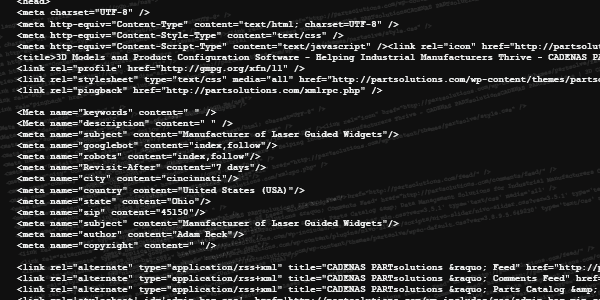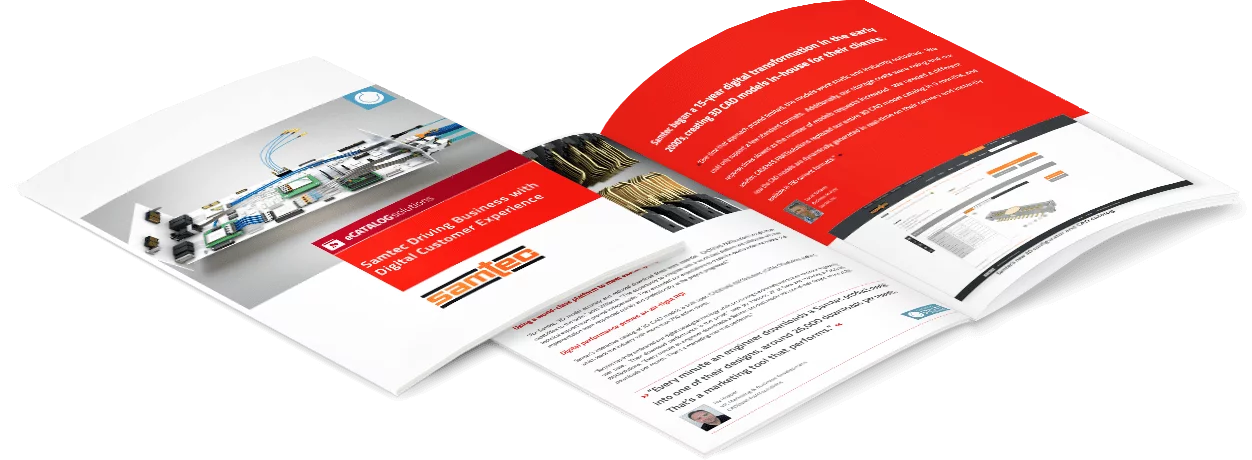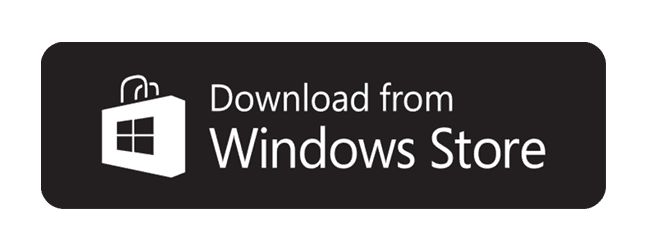SEO for Industrial Manufacturers and Marketers PART 3: Coded SEO
A Step-By-Step guide to the coded SEO on a single web page or post.
As we discussed in PART 1, SEO or Search Engine Optimization is the art of crafting your online messaging so that people searching for your topic find YOU first. In Part 2 we looked at the strategy behind selecting and ranking your keyword options. Now, for Part 3 we will actually begin to deploy those keywords strategically.
Websites are created in a variety of formats, depending on your preference, you may use straight HTML, maybe you will use CSS to add some flavor or some more advanced PHP or ASP scripts. Many sites today use WordPress – a simple and powerful blogging platform chosen for it’s flexibility and ease of use. I prefer to use a blend of HTML/CSS coding within my WordPress framework, but all of these principals apply.
Since it’s the basis for the rest of the process, lets begin by choosing our keyword for this specific post. I’m going with “Laser Guided Widgets” because it’s really my fake company’s primary focus and it’s pretty sweet. Now we can begin to tackle that ugly “META” tag cluster, which is pretty much where everything happens.
Here is what the META cluster looks like – this will be hidden behind the scenes of your site, located between the head tags.
But to you it probably looks like this: (slightly overwhelming)
I know the META cluster looks pretty intimidating, so I’ll go piece by piece and you’ll see it’s pretty simple. Plus, once you have it all set up you just copy/paste and modify for each post.
META KEYWORDS: This is the spot where you declare your keyword for the page between the quotes. This tells the search engine what this page is all about – pretty simple.
In use:
META DESCRIPTION: This is the spot where you explain the circumstances of the keyword and how it applies to your company and this post. Think of this as the 1-3 sentence summary of the post/page. Keep it short, to the point and use the keyword.
In use:
![]()
META DESCRIPTION: Similar to the “description” only even more abbreviated – write this like youre writing a twitter post (no # or @ though) keep this to 140 characterss or less and use the keyword.
In use:
META ROBOTS: This section is speaking directly to the Google bot or other robots which search and index your site (aka “crawling”). Googlebot is obviously the Google indexing service while the “robots” applies to all others. By using content=”index,follow” I am telling the robot this site is active and ready to be indexed for search. If this is a testing or development site you want to use content=”noindex,nofollow” and the robots will pass on by like nothing happened. Lastly, the “Revisit-After” tag tells the robot how often the site should be scanned and indexed. You want them to come regularly and see updates so they keep coming back. Some sites set this for hours or days, while others
In use:
META LOCATION: This section is mostly for the Google maps and Google local listings but it’s a really cool – optional feature. It’s a must-have if you are a brick-and-mortar business, especially with a storefront. This part is completely self-explanatory.
In use:
That’s it. Pretty painless right? The basics of the “coded” SEO for a single web page are outlines and you can simply cut/past. The code looks pretty intimidating at first, but it’s easy when it’s broken down.
Check back for the section covering on-page SEO, including the URL, Headline, basic text and images.
Previous Posts:
Part 1: Introduction to a Keyword Strategy
Part 2: Keyword Research and Selection
Adam Beck
Latest posts by Adam Beck (see all)
- 2025 Industrial Marketing Summit Announced for February 26-28 in Austin, TX - May 31, 2024
- Engineering the World’s Longest Solar Eclipse - April 9, 2024
- How AR CAD Models and Apple Vision are Helping Engineers Become Tony Stark - March 12, 2024







